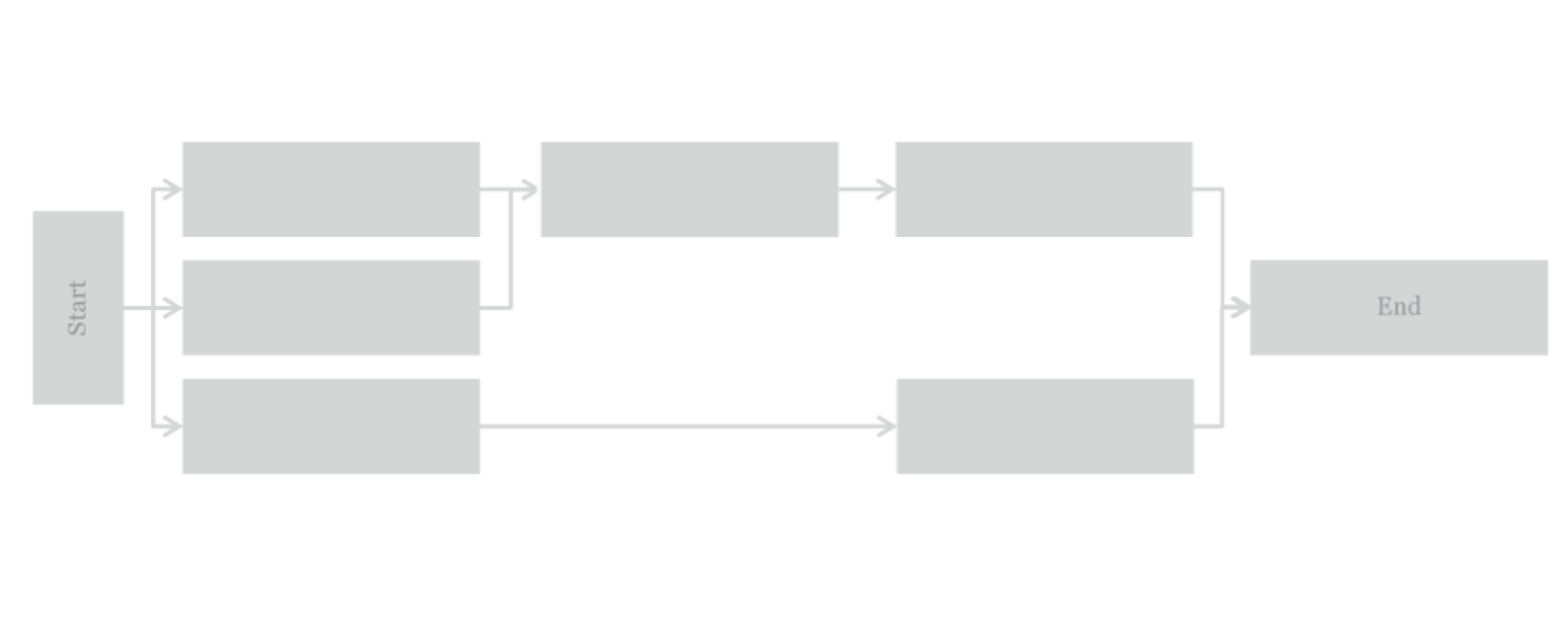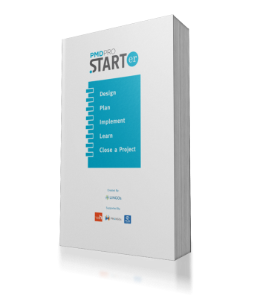Network Diagram
I want to plan a project...
by accurately estimating how long activities will take
LEVEL OF INVOLVEMENT: COMPLEX TOOL
This tool will help you follow your Work Breakdown Structure, project timeline, and project expenses.
This tool will help you follow your Work Breakdown Structure, project timeline, and project expenses.
Plan a project by accurately estimating how long projects will take

WHAT is it?
Network diagrams will help you to ensure that project activities are delivered on time, on budget, and to the quality and scope defined in your Work Breakdown Structure.
You should develop Network Diagrams for three key areas and reasons: 1) to define and sequence activities, 2) to help you estimate the resources that you will need, and 3) to enable you to work out how long each activity will take.
Invest time here, and you will have outlined how project activities relate to each other, and know when and where project resources will be required. You will have the overview that you need to go on to develop accurate schedules and Gantt charts – and ultimately to manage your time, costs and resources effectively!
You should develop Network Diagrams for three key areas and reasons: 1) to define and sequence activities, 2) to help you estimate the resources that you will need, and 3) to enable you to work out how long each activity will take.
Invest time here, and you will have outlined how project activities relate to each other, and know when and where project resources will be required. You will have the overview that you need to go on to develop accurate schedules and Gantt charts – and ultimately to manage your time, costs and resources effectively!
HOW do I use it?
Teamwork: Using your Work Breakdown Structure as a guide, and sticky notes or a flip chart, develop a Network Diagram for each of your project activities.
Taking UNITAS as an example, one of their key activities will be the construction of 10 latrines to reduce waterborne illness. The team brainstorms all that is required to complete latrines successfully, including digging holes, building latrine caps, installation, and building outer structures.
Sequencing: Once identified, the next step is to establish a timeline, sequencing activities in order. You will also find that some activities can be done at the same time as others. While one group digs latrine holes, the other is building latrine caps.
Critical path: Building on your sequencing, you then develop a second diagram focused on how long each activity will take. UNITAS estimated 14 days to dig a hole, 7 days to make the caps, 1 day to fit the caps, and 7 days to build a structure.
Once you know this, you can then work out the longest activity string – the critical path – which helps you calculate the amount of time it will take to complete the work from start to finish. UNITAS estimated that it would take 22 days to build the latrines, based on the fact that the caps could be made while the holes were being dug.
Repeat: Use this approach to also focus on other project resources. This could be the number of people required to deliver project activities or the goods and services needed to implement a project.
Constraints: As you work through each one, make sure that you consider all potential constraints – such as time, budget, resource availability (machinery or people), or even the weather! Multiple factors can have an impact on the overall timeline of your project.
Leadership: Your role is to steer this process and to intuitively balance three critical requirements: time, cost, and quality. If your project has a fixed time constraint, then the budget and quality of your resources need to reflect this timeline. And if the budget is constrained, this may have an impact on delivery timelines, or the quality of goods and services that you buy. Think of it as a triangle (time/cost/quality) and how each of these relates with the other!
Taking UNITAS as an example, one of their key activities will be the construction of 10 latrines to reduce waterborne illness. The team brainstorms all that is required to complete latrines successfully, including digging holes, building latrine caps, installation, and building outer structures.
Sequencing: Once identified, the next step is to establish a timeline, sequencing activities in order. You will also find that some activities can be done at the same time as others. While one group digs latrine holes, the other is building latrine caps.
Critical path: Building on your sequencing, you then develop a second diagram focused on how long each activity will take. UNITAS estimated 14 days to dig a hole, 7 days to make the caps, 1 day to fit the caps, and 7 days to build a structure.
Once you know this, you can then work out the longest activity string – the critical path – which helps you calculate the amount of time it will take to complete the work from start to finish. UNITAS estimated that it would take 22 days to build the latrines, based on the fact that the caps could be made while the holes were being dug.
Repeat: Use this approach to also focus on other project resources. This could be the number of people required to deliver project activities or the goods and services needed to implement a project.
Constraints: As you work through each one, make sure that you consider all potential constraints – such as time, budget, resource availability (machinery or people), or even the weather! Multiple factors can have an impact on the overall timeline of your project.
Leadership: Your role is to steer this process and to intuitively balance three critical requirements: time, cost, and quality. If your project has a fixed time constraint, then the budget and quality of your resources need to reflect this timeline. And if the budget is constrained, this may have an impact on delivery timelines, or the quality of goods and services that you buy. Think of it as a triangle (time/cost/quality) and how each of these relates with the other!
WHEN do I use it?
You use this approach at the critical time before your project starts. You will have completed your Logframe and Work Breakdown Structure, drawing on both of these tools to develop your diagrams.
Who is involved?
This is a process that you lead with your team, or those who will be implementing the work. Consider including procurement or finance specialists in this process to enhance the quality of your analysis. Your team and others bring the intimate knowledge that you need to map the detail. Your role is to provide an overview of issues to do with time, cost, and quality in relation to the overall scope of the project.
Tips:
Some projects may require more than one Network Diagram to reflect multiple project activities. Once you are familiar with the process, you’ll see the benefit – and it’s not difficult to replicate!
Additional Resources
Download the additional resources and the Project DPro (PMD Pro) Pocket Guide

Supported & Developed by:
Shared by:
Users are free to copy/redistribute and adapt/transform
for non-commercial purposes.
© 2022 All rights reserved.




